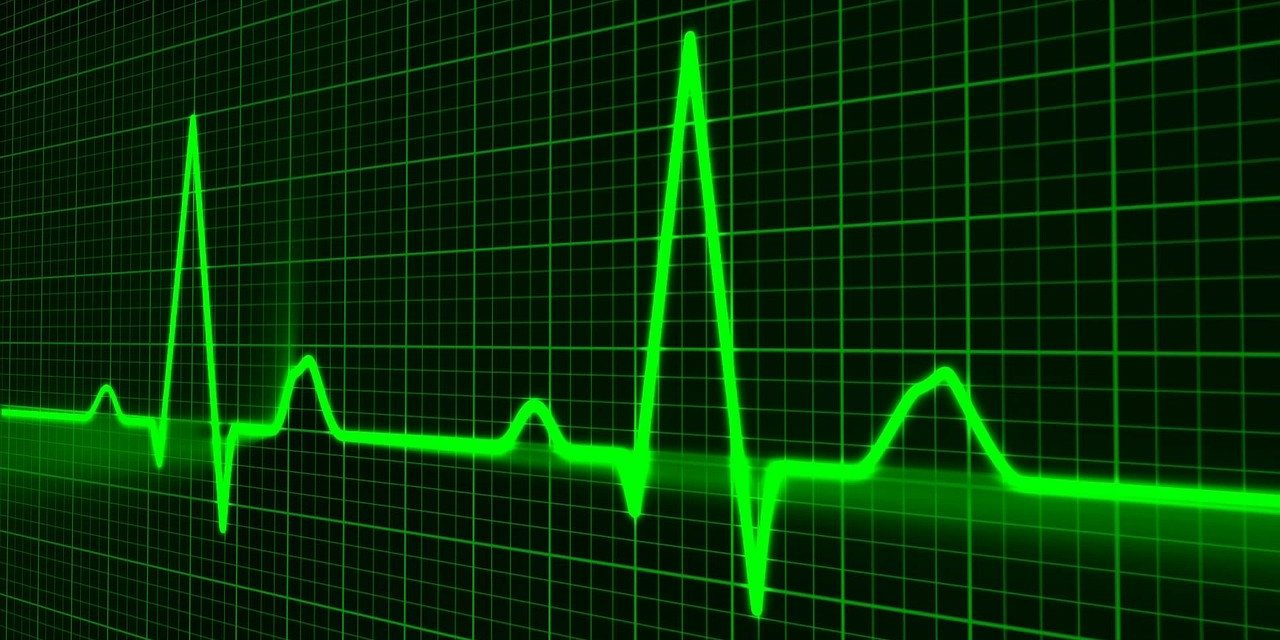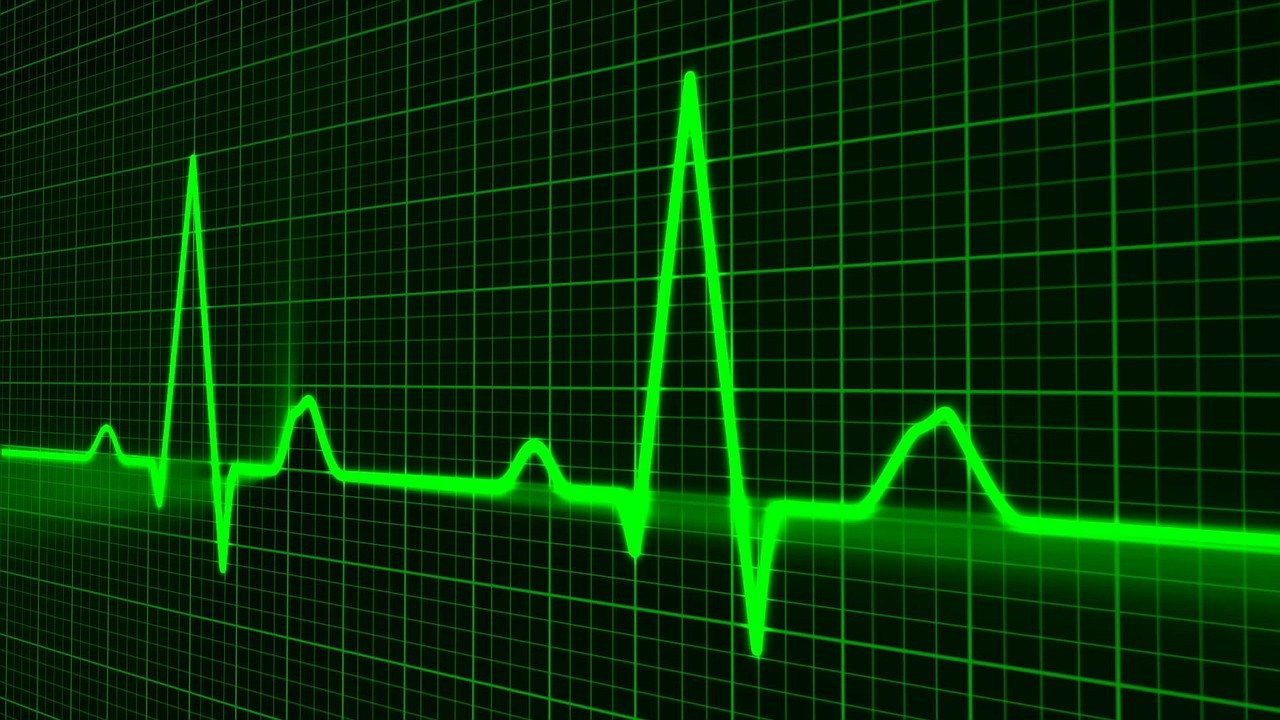EU MDR Technical Documentation Summary
The European Medical Device Regulation 2017/745 requires the compilation of technical documentation. See below a summary of the information to be included to comply with EU MDR Technical Documentation.
The manufacturer shall develop technical documentation for each of its devices[1].
The technical documentation must be such that it allows the assessment of the conformity of the device with the requirements of the 2017/745 regulation.
This technical documentation must comply with the content set out in Annexes II and III of the Regulation and contain, among others, the following parts:
- description and specifications of the device, including variants and accessories,
- information to be provided by the manufacturer,
- Design and manufacturing information,
- general requirements for safety and performance,
- benefit/risk analysis and risk management,
- verification and validation of the product.
The technical documentation and the summary of it are presented clearly, organized, and unambiguous, in an easily searchable form.
The manufacturer must keep the technical documentation of each of its devices up-to-date.
[1] Article 10 Point 4 Regulation 2017/745.
Annex II – EU MDR Technical Documentation
Below is an example of a technical documentation structure. You may arrange it in a totally different way but the intent here is to give an idea of what it could be. Some items may not be applicable due to the nature of the device or you may find some other relevant information to be added.
DEVICE DESCRIPTION AND SPECIFICATION, INCLUDING VARIANTS AND ACCESSORIES
Device description and specification
- Include
- Product or trade name
- General description of device
- Intended purpose
- Intended users
- Basic UDI-DI
- Include
- Intended patient population
- Medical condition treated
- Patient selection criteria
- Indications
- Contra-indications
- Warnings
- Include
- Principles of operation of the device. The function of the device, just the device.
- Modes of action. How the device achieves its purpose, action on the tissue.
- The rationale for the qualification of the product as a device (Highlight extracts from the definition of medical device that applies to the product)
- Risk class of the device and justification of the classification rule(s) (Annex VIII). For instance, class III because of rule 8 (“have a biological effect or are wholly or mainly absorbed, in which case they are classified as class III”)
- Explanation of novel features: novelty or breakthrough technology based on the existing market
- Include description of
- accessories
- other devices
- other products (non-devices) intended to be used in combination with the product
- Description or a complete list of various configurations/variants. For instance: different packaging, different brand names, different components.
- General description of key functional elements. Include
- Parts/components.
- Quantitative composition
- Drawings or pictures of the packaging and each element of the packaged material
- Explanation of the functionalities of each component
- Raw material including
- Direct contact (implant material, patch side in contact, etc…)
- Indirect contact (syringe, tube, etc…)
- Technical specifications including
- Extracts from Brochure information
Reference to previous and similar generations of the device
- Overview of a previous version of the device
- Overview of similar devices on the EU market
Information to be supplied by the manufacturer
- All labels (packaging, carton, box) in all languages of the EU where the device is intended to be sold.
- User Manual, Instructions For Use in all languages of the EU where the device is intended to be sold.
Design and manufacturing information
- Description of the different design stages
- Include
- Device specifications
- Process definition (description of the processes, their scope, and the parameters)
- Validation reports for the processes defined
- Final inspection requirements
- Sites
- Describe company sites
- Describe suppliers
- Describe sub-contractors
General safety and performance requirements
- General safety and performance requirements checklist
- Justify non-applicable items
- The method used: standard, Common Specifications, or other
- Standard, Common Specifications or other reference used for each requirement
- Reference of the documented evidence
Benefit-risk analysis and risk management
Risk management report including benefit-risk analysis
Product verification and validation
Verification and validation reports corresponding to general safety and performance requirements.
Pre-clinical, safety and performance tests and clinical data
- Pre-clinical tests and biological safety assessment
- Electrical safety, EMC, software validation, IEC safety, and performance tests
- Protocol and report for :
- Biocompatibility
- Chemical characterization
- Stability and shelf life
- Performance and safety
- Justification when no test is done
- Clinical evaluation report and plan
- PMCF plan and report
Additional information
- Identification of material of human or animal origin (if any)and evidence of the conformity of such material
- Identification of drug used in combination (if any) and evidence of the conformity of such material
- Other requirements depending on the device characteristics:
- Cleanroom environment condition description
- Description of the sterilization method
- Sterilization validation report
- Packaging validation report
- Maintenance of sterility
- Pyrogen testing
- Bioburden testing
- Residues from the sterilization
Annex III – EU MDR Technical documentation on post-market surveillance
PMS plan
- PMS to collect :
- Information regarding serious incidents. Including PSUR and FSCA
- Records for non-serious incidents and data on any undesirable effect
- The outcome of trend reporting
- Database and literature review
- Feedback and complaints
- Publicly available information about similar devices. Define the devices and which information to look for (recalls, adverse events…)
- PMS to cover:
- The process to collect information in a)
- The assessment method for the collected data
- Indicators and threshold values for the benefit-risk analysis and risk management
- Methods and tools to investigate complaints and analyze the market experience
- Methods and protocols to manage events from the trend report
- Method and protocols to communicate with external parties
- Reference to procedures related to post-market surveillance
- Reference to procedures for measures including CAPA
- Tools to enable traceability in case of CAPA
- PMCF plan
PSUR and PMS report
You may go back to our EU MDR guide.
If you are interested in the European market you can contact us for a preliminary discussion. You can also look at our dedicated page for European medical device registration.








